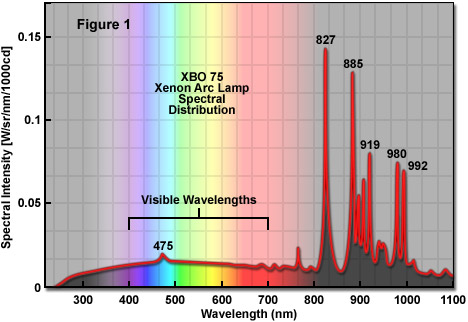I wish there was a way to study the vision space of deuteranomaly that did not rely on the three colour space assumption. I’ve done the best I can in RGB space, but but that’s woefully inadequate.
One way would be to obtain pure pigments from a paint supply company. But that falls into the problem of being subtractive colour, and therefore can’t be tuned to a specific wavelength or set of wavelengths.
Using a true white light (incandescent high temperature not LED or fluorescent) and glass prism still only gives a 1-D description of colour. To get 2-D we need complete control over brightness as well. And we would need two prisms to combine pure colours to get purples and browns.
There’s also the problem of glass. I’ve noticed, have you? That glass of any description mutes the vibrancy of colour. It’s like the way that every recording of music loses the subtleties possible only with a live performance of acoustic instruments.
Using a tunable laser might be possible, but laser speckle (random flashes of light and light intensity variations in the 0.1 second time domain) dominates over colour in every laser that I’ve seen.
A true white light with a reflective diffraction grating? Not sure. Would depend on the quality of the diffraction grating and require multiple similar diffraction gratings and variable white light intensity.
I wonder if an optics lab has already done this. Determine the colour space as actually seen by deuteranomaly rather than the reduced colour space based on the rgb triangle. It’s a cross-disciple project of physics + biomedicine so may not have been done.
Quick check on web found the following chart. Spectrum of white light sources. Diagram of the spectrum a LED lamp (blue), a CFL (green) and an Incandescent (purple) superimposed the solar spectrum (yellow). Note that the energy used by each lamp is at least the area underneath its curve.
From this we can see that neither LED, incandescent or fluorescent produces anything like the flat spectrum needed for evaluating visual perception colour space. Even with sunlight it would have to be sunlight without glass (eg. without the glass on the front of a mirror).

A xenon arc lamp gets closer over the visual range, but not as good as sunlight.


